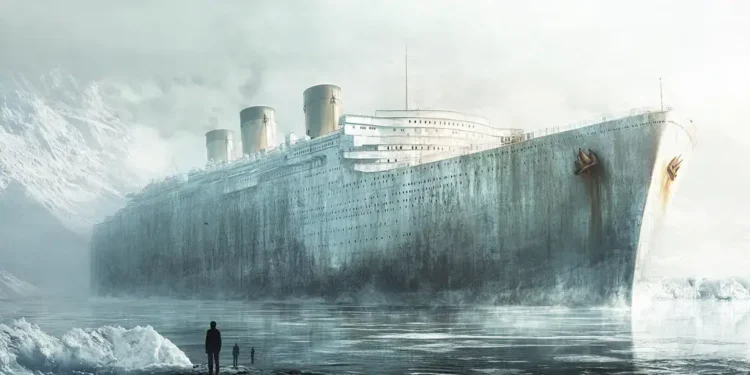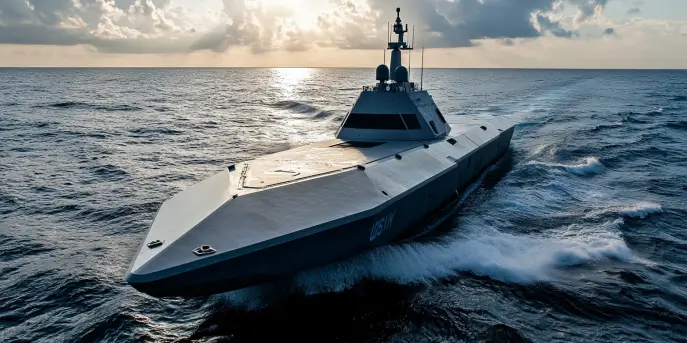The Vision Behind Titanic
The RMS Titanic was not merely a passenger liner; it stood as a beacon of human ingenuity and ambition. Commissioned by the White Star Line, the ship was intended to set a new benchmark in ocean travel. The ambition was not just to create another ship but to create a vessel that embodied luxury and safety.
Design and Construction
Titanic’s design bore the hallmark of exquisite engineering. The ship was designed by J. Bruce Ismay and constructed by the Harland and Wolff shipyard in Belfast, Ireland. The architecture was overseen by Thomas Andrews, known for his meticulous attention to detail.
A few noteworthy features included in the design:
- A double-bottom hull
- Sixteen watertight compartments
- Advanced wireless telegraph system
The ship’s construction began in March 1909, demanding extraordinary resources and human effort. It took over two years and the labor of thousands of workers to complete the awe-inspiring liner.
Luxurious Interiors
The grandeur of the Titanic was most apparent in its luxurious interiors. Modeled after the Ritz hotel, the ship boasted lavish cabins and opulent public rooms fitted with the finest woodwork, crystal chandeliers, and ornate decorations.
Some of these astounding amenities included:
- A swimming pool
- A squash court
- An opulent Grand Staircase
- Writing rooms and reading lounges
- An impressive dining room with gourmet cuisine
Mechanics and Specifications
The engineering prowess of the Titanic was equally matched by its mechanical specifications. Below is a succinct table outlining some key specifications:
| Specification | Detail |
|---|---|
| Length | 882 feet 9 inches (269.1 m) |
| Width | 92 feet (28 m) |
| Gross Tonnage | 46,328 GRT |
| Engine Type | Steam Engine – Parson’s Turbine |
| Top Speed | 23 knots (43 km/h; 26 mph) |
The propulsion system consisted of two reciprocating steam engines and a single Parsons’ turbine, which were fueled by 29 boilers fired by coal, making the Titanic one of the most powerful vessels of its time.
Pioneering Safety Standards
Titanic was ahead of its time regarding safety innovations. It was fitted with relatively advanced safety features, including a sophisticated watertight compartment design aimed at keeping the ship afloat in case of hull breaches.
However, the tragedy that befell it has exemplified the ironies of fate, as the sheer confidence in its abilities seemed to lead to oversight in necessary safety practices—most notably, the inadequate number of lifeboats on board.
A Symbolic Legacy
The craftsmanship and human endeavor that went into building the Titanic remain a powerful reminder of early 20th-century engineering prowess. It serves as a contemplative tale of how ambition can sometimes exceed the limitations of technology and human capacity.
During its brief life, Titanic left an indelible mark on maritime engineering and continues to captivate the imagination of millions worldwide. Its grandeur, epitomized by its skilled craftsmanship, echoes through time as a testament to human creativity and ambition.







